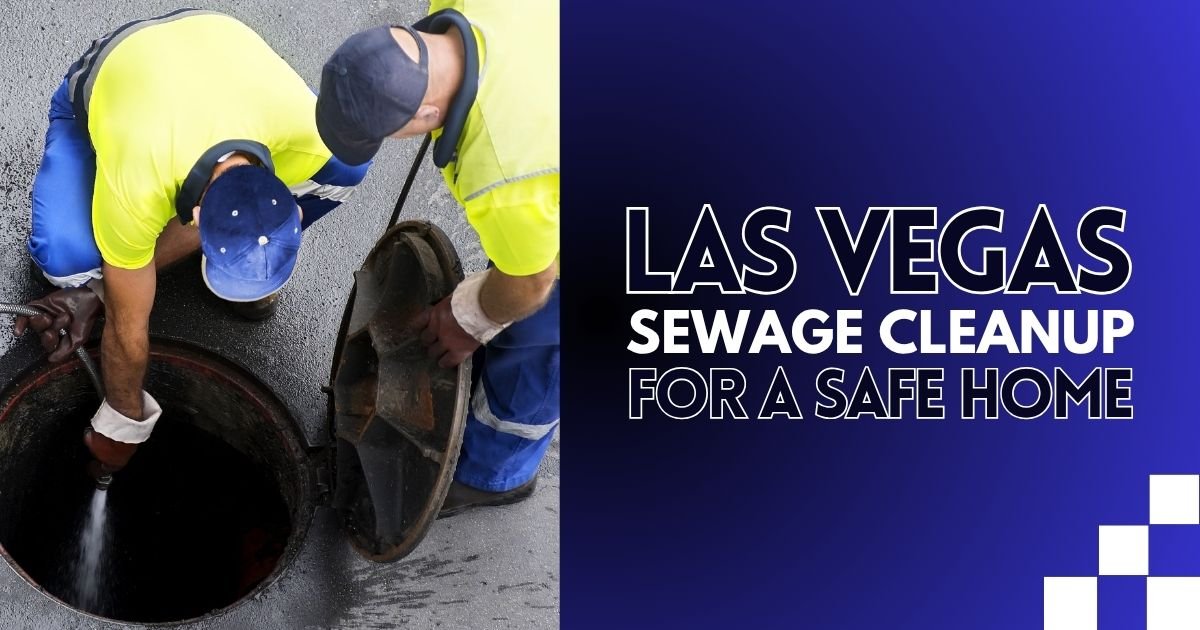
Las Vegas Sewage Cleanup For A Safe Home
Raw sewage in your home creates a serious health threat—often hidden inside walls. What begins as
Whether you’re a seasoned homeowner or a new renter, we aim to empower you with the knowledge to tackle basic plumbing tasks and identify potential issues.


Raw sewage in your home creates a serious health threat—often hidden inside walls. What begins as
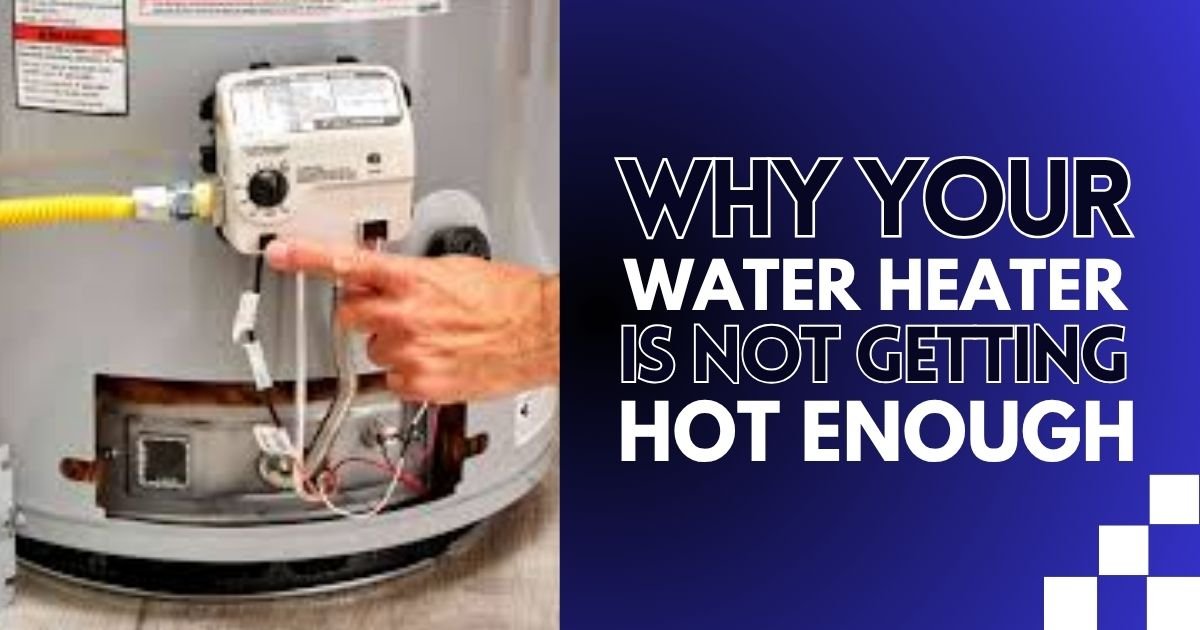
You step into the shower, expecting a wave of warmth to greet you and start your
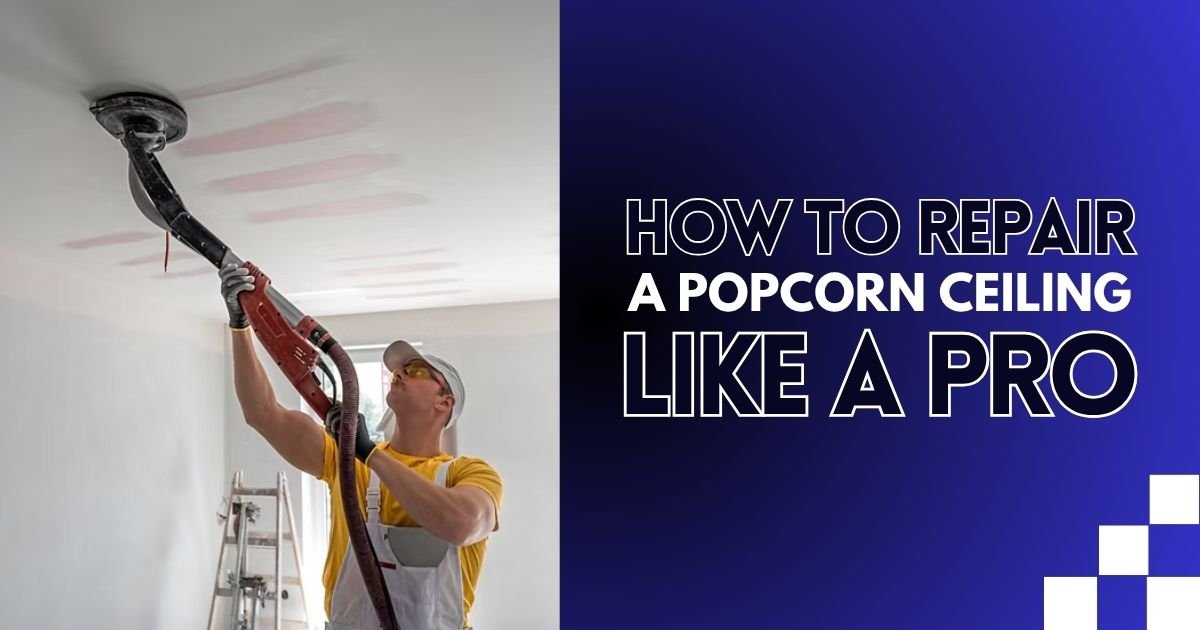
Cracked, stained, or peeling popcorn ceilings are a common problem that can make your home feel
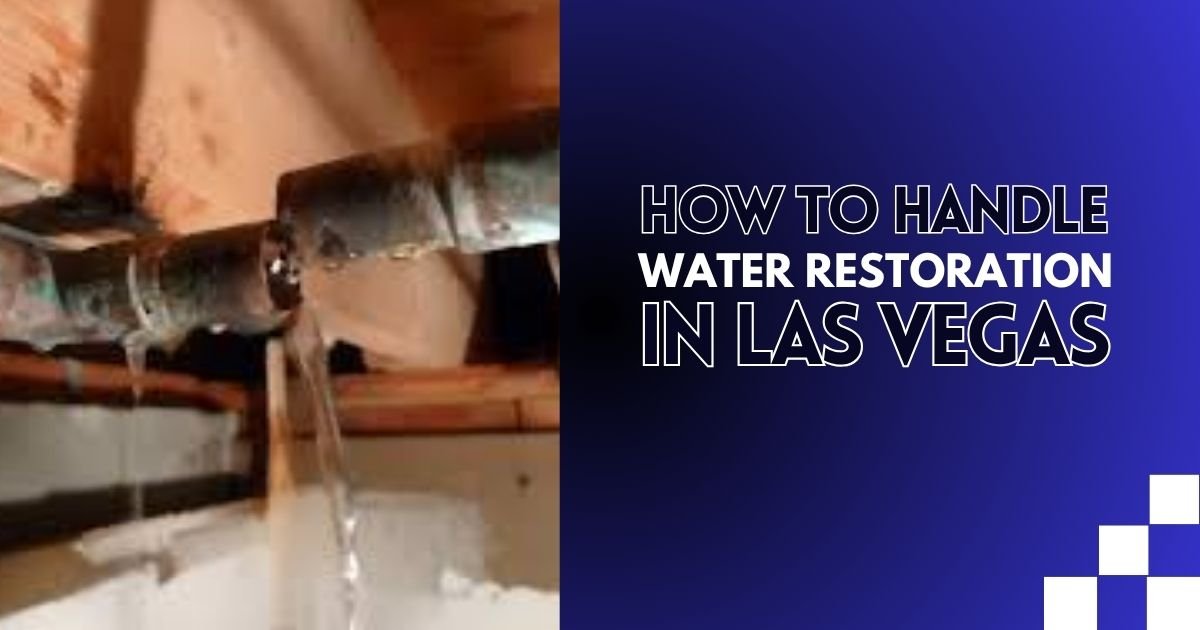
That tiny leak you ignored? It might be wrecking your home right now. What feels minor

Most of us don’t think twice about turning on the tap or running an extra load
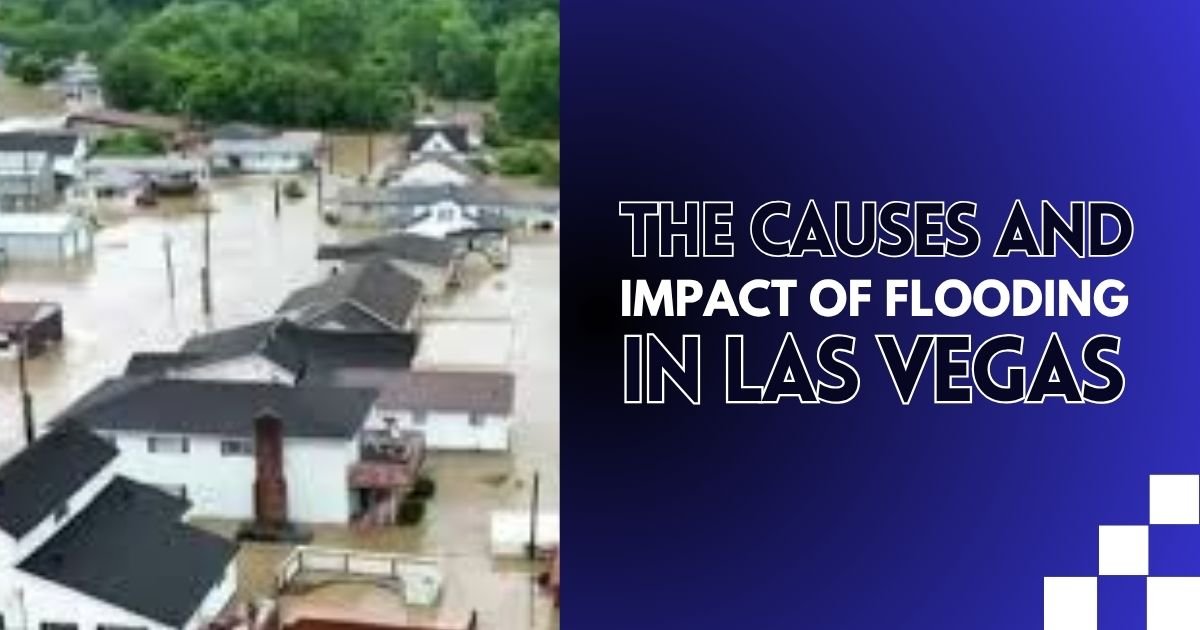
Las Vegas may be known for its dry climate, but flooding remains a serious threat. Sudden

In Las Vegas, drywall repairs often disappoint due to poor workmanship. Homeowners feel frustrated as unreliable

Your home is one of the biggest investments you’ll ever make, and protecting it with Home

Seeing clear water flow from the tap is something we all expect, but finding a strange

Dealing with a clogged drain can disrupt your routine and leave you feeling frustrated, yet it’s